During the Renaissance, architects pursued the ideal church form, a pursuit exemplified by Bramante's Tempietto. This small yet exquisite structure not only embodies the pinnacle of architectural technique but also the fusion of Renaissance humanism and religious ideals.
Bramante's Tempietto, located in Rome, was built to commemorate the martyrdom of Saint Peter. This petite and refined structure fully showcases the Renaissance's pursuit of classical aesthetics and the exploration of ideal architectural forms. Its design draws inspiration from the architectural theories of Alberti and Leonardo da Vinci, particularly Alberti's concept of the ideal church.
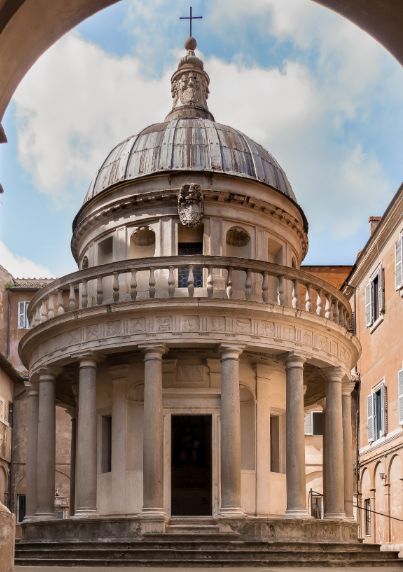
Alberti emphasized in his architectural theory that buildings should reflect the harmony of nature, asserting that the circle is the most perfect shape in nature. This idea had a profound impact on Renaissance architectural design. Alberti listed many natural circular forms, such as the Earth, celestial bodies, trees, and more, emphasizing the geometric aesthetics and symbolic meaning of the circle. In his vision, a church should be a circular structure, symbolizing the harmony and perfection of the cosmos.
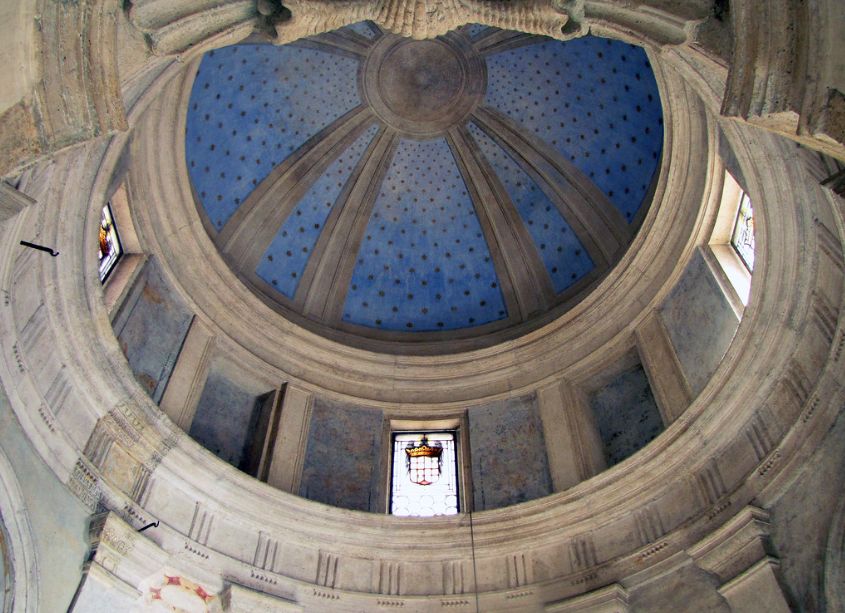
Leonardo da Vinci further elucidated the relationship between human proportions and architectural proportions with his famous Vitruvian Man drawing, showcasing the perfect fit of the human body within a circle and a square, reflecting Vitruvius's architectural proportion theory. This concept deeply influenced Renaissance architectural design, driving architects to strive for geometric harmony and beauty in their church designs.
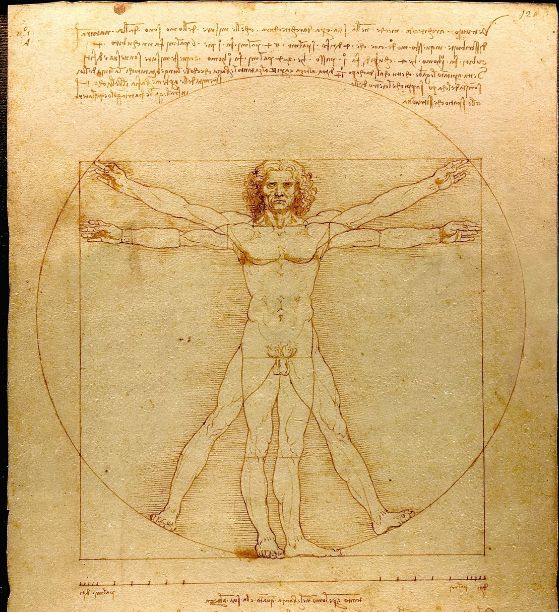
Bramante's Tempietto embodies this ideal. The structure features a circular layout, symbolizing cosmic harmony and perfection. Its central dome represents the fullness and sanctity of heaven. Bramante achieved an ideal church through precise geometric proportions and symmetrical layout.
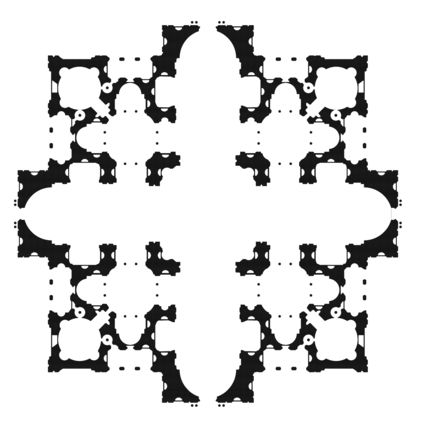
In designing the Tempietto, Bramante not only incorporated the theories of Alberti and Leonardo but also integrated elements of ancient Roman architecture. For instance, the colonnade design of the Tempietto borrows from the Doric order and incorporates symbols of Saint Peter, showcasing a perfect blend of classical and religious elements.
Bramante's Tempietto excels not only in design but also in execution. The structure is compact yet stable, the exterior simple yet elegant, and the interior space harmonious and solemn. This design meets the needs of religious rituals while reflecting the humanistic ideals of the Renaissance.
Notably, the design of the Tempietto profoundly influenced subsequent architects. Michelangelo, for example, drew inspiration from Bramante's Tempietto when designing St. Peter's Basilica. He continued to pursue centralized geometric aesthetics in St. Peter's, creating another pinnacle of Renaissance architecture.
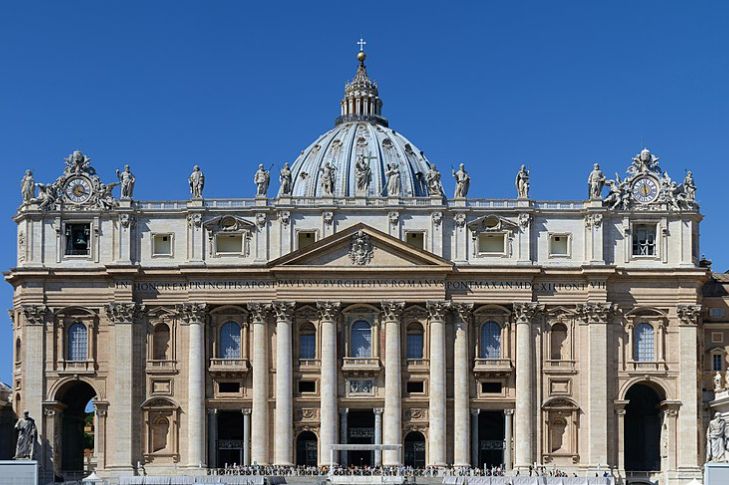
Bramante's Tempietto is more than just a building; it is a symbol of the ideal Renaissance church. Through its perfect geometric proportions and exquisite architectural technique, it embodies humanity's pursuit of beauty and harmony, making it an immortal masterpiece in architectural history. In the Tempietto, one can see the perfect blend of classical aesthetics and religious ideals and feel the brilliance of Renaissance humanism.
Bramante's Tempietto is a masterpiece of Renaissance architecture. It showcases the architect's pursuit of the ideal church form and reflects the Renaissance's reverence for classical aesthetics and humanism. This structure achieved the highest level of design and craftsmanship of its time, inspiring generations of architects. Through Bramante's Tempietto, we can gain a deeper understanding of Renaissance architectural thought and artistic achievements, allowing us to better appreciate the cultural splendor of this historical period.